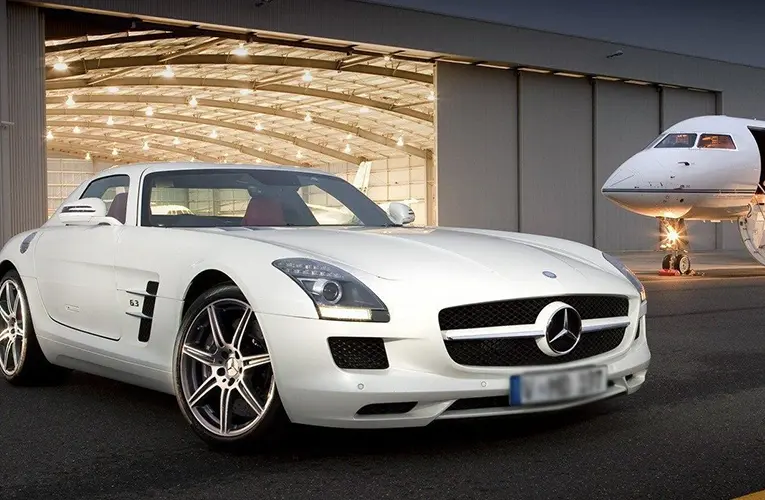1. Introduction
– Significance of luxury cars as symbols of status, performance, and innovation
– Overview of the structure and objectives of the article
– Thesis statement outlining the comparative analysis of luxury car preferences among influential figures
2. Luxury Car Market Overview
– Introduction to the luxury car market in Canada and the USA
– Key players, brands, and historical evolution
– Market dynamics, trends, and consumer preferences
3. Methodology and Data Sources
– Explanation of research methods used to identify most recommended luxury car models
– Sources of data (expert opinions, interviews with automotive specialists, brand analyses, industry reports, etc.)
– Criteria for selecting and evaluating luxury car models
4. Factors Influencing Luxury Car Preferences
– Analysis of factors influencing preferences for luxury cars among influential figures in Canada and the USA:
– Brand Prestige:Reputation, heritage, and brand image
– Performance and Engineering:Engine power, handling, acceleration, and driving dynamics
– Design and Aesthetics:Styling, craftsmanship, interior luxury, and customization options
– Technological Features:Advanced driver-assistance systems (ADAS), infotainment systems, connectivity options
– Environmental Considerations:Sustainability efforts, electric vehicle (EV) options, and fuel efficiency
5. Comparative Analysis of Most Recommended Luxury Car Models
– Detailed analysis of most recommended luxury car models among influential figures in Canada and the USA:
– European Luxury Brands:Review of brands like Mercedes-Benz, BMW, Audi, Porsche, etc.
– American Luxury Brands:Analysis of brands such as Cadillac, Lincoln, Tesla, etc.
– Asian Luxury Brands:Examination of brands like Lexus, Acura, Infiniti, etc.
– Comparison based on performance metrics, design innovations, customer satisfaction, and resale value
6. Influential Figures and Celebrity Endorsements
– Insights into luxury car preferences of celebrities, athletes, business leaders, and cultural influencers
– Case studies or interviews highlighting influential figures’ favorite car models and reasons for their choices
– Impact of celebrity endorsements on brand perception and consumer demand
7. Technological Innovations and Industry Trends
– Role of technology in luxury car manufacturing (e.g., autonomous driving, hybrid and electric vehicles)
– Innovations in vehicle safety, connectivity, and in-car entertainment systems
– Influence of emerging trends like vehicle subscription services and mobility solutions
8. Cultural Influences and Regional Preferences
– Cultural factors influencing luxury car preferences and ownership habits in Canada and the USA
– Regional variations in design preferences, driving habits, and consumer lifestyles
– Influence of fashion trends, social status, and automotive culture on luxury car choices
9. Ownership Experience and Customer Satisfaction
– Analysis of ownership experiences, customer service levels, and dealership interactions
– Consumer feedback on reliability, maintenance costs, and overall satisfaction with luxury car ownership
– Impact of brand loyalty and repeat purchases among affluent consumers
10. Economic Influences and Market Dynamics
– Influence of economic factors (income levels, interest rates, market trends) on luxury car sales
– Trends in leasing vs. purchasing luxury cars, financing options, and affordability considerations
– Impact of global events (e.g., economic downturns, trade policies) on luxury car markets
11. Challenges and Opportunities
– Identification of challenges facing luxury car brands in North America (e.g., regulatory compliance, market competition)
– Opportunities for innovation, sustainability initiatives, and market expansion in luxury automotive sectors
– Future trends and predictions for the luxury car market in Canada and the USA
12. Conclusion
– Summary of key findings from the comparative analysis of most recommended luxury car models
– Implications for automakers, dealerships, policymakers, and industry stakeholders
– Recommendations for enhancing brand differentiation, customer engagement, and market positioning
13. References
– Bibliography of sources cited throughout the article
– Expert interviews, automotive reviews, industry reports, manufacturer websites, and consumer surveys
Additional Considerations:
-Visual Aids:Include high-resolution images, specifications charts, and infographics showcasing luxury car models, brand logos, and technological features.
– Expert Insights:Incorporate quotes and insights from automotive designers, engineers, executives, and industry analysts.
– Global Perspective:Consider international comparisons and insights to provide a broader context for your analysis of luxury car preferences.
